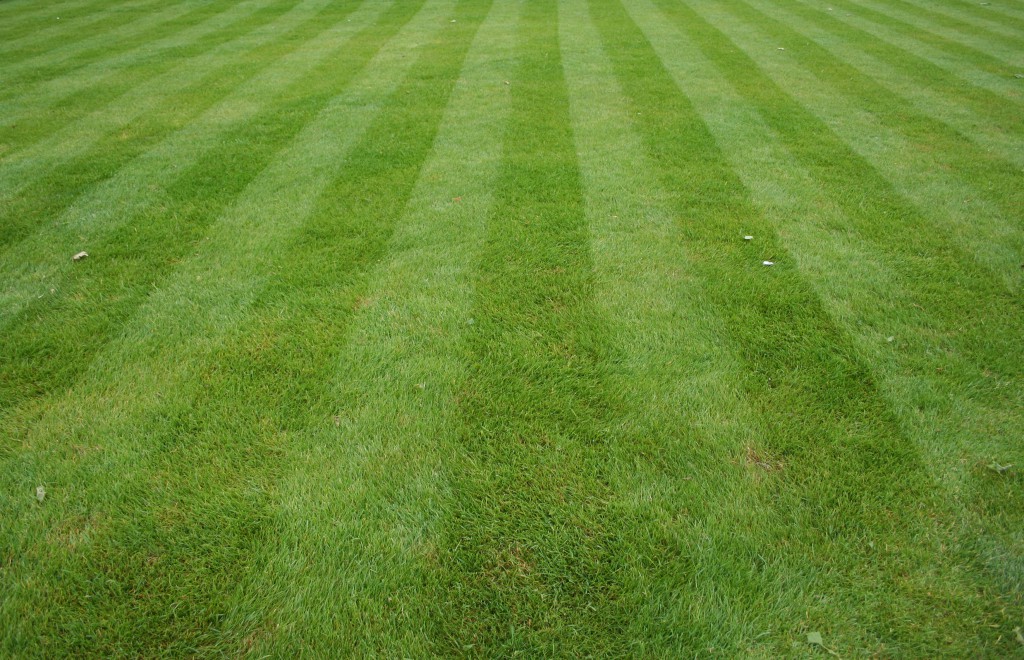Different Types of Core Aeration and How To Decide Which is Best for Your Lawn

Core aeration is an essential part of lawn maintenance. In this process, a machine creates holes in the soil, exposing the roots to the sunlight, air and water that it needs to thrive. Not only does core aeration allow grass to grow healthy and strong, but it also makes it tolerant to drought and disease. Here are the three main types of core aeration.
Manual Aeration
In manual aeration, the aerator consists of a pole with two or three prongs attached to a crossbar. By stepping onto the crossbar and removing it from the soil, several holes are created that allow for aeration. This process must be repeated many times to aerate the entire lawn. Manual aeration is very time-consuming, which is why it’s best for those who either have small yards or don’t mind putting in extra effort to aerate their lawn.
Fuel-Powered Aeration
As the name suggests, fuel-powered aerators are powered by gas. Similar to how you would operate a lawn mower, you would walk behind the fuel-powered aerator in long rows, creating holes in the lawn as you go. Although these machines can be unwieldy and difficult to turn at the end of the row, they’re much more efficient than manual aerators and can get the job done quickly if you’re short on time.
Tow-Behind Aeration
Tow-behind aerators are either affixed to a tractor or gas-powered lawn mower. Although they may be difficult to move across a lawn, they aerate the fastest out of the three types of aerators and require the least work. This is because the aerator’s tines are attached to a cylinder that efficiently creates holes as it moves across the grass. Tow-behind aerators are ideal for dense soils, as they can penetrate deep into the ground.
Understanding the pros and cons of each type of aeration is essential to choosing the best for your lawn’s needs. Consulting with an experienced professional can help you make this decision and provide you with superior lawn care.
